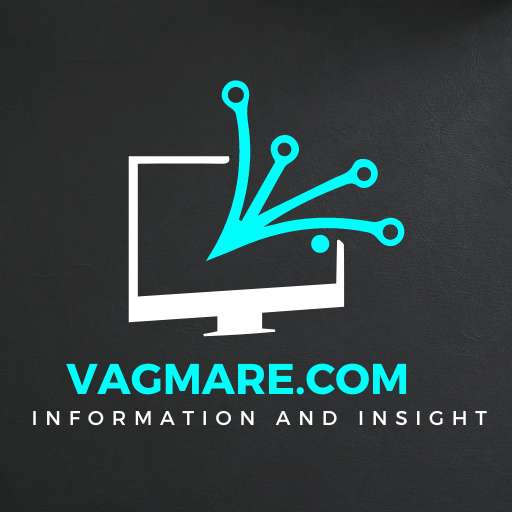Life sciences leaders invest in process mining to accelerate digital transformation
2 min read
The life sciences industry is evolving rapidly in response to macroeconomic shifts, regulatory changes, cost pressures, large data volumes and increasing competition. Leading organizations are investing in process mining technology to optimize their business processes, according to Everest Research Group’s recent report, “Accelerating Digital Transformation and Driving Business Success: The Crucial Role of Process Mining in the Life Sciences Industry.”
Market trends, such as rising inflation, growing data volumes, evolving patient needs, R&D investments, have led to increased investment in operations outsourcing, and the technology that enables this organizational structure.
In fact, Everest predicts the life sciences operations outsourcing market will grow at a CAGR of 8-12% over the next two years and reach about US$40 billion by 2024.
With market conditions shifting rapidly and continuously, the need for digital transformation has accelerated as organizations seek to enhance operational efficiency, improve patient outcomes and continue to adapt to the next normal.
Embracing technology to first understand your underlying processes can bring unparalleled visibility and continuous improvement opportunities to everything from drug discovery and clinical trials to manufacturing and supply chain management, to order-to-cash and procure-to-pay.
Organizations are leveraging digital solutions to improve efficiency, reduce costs and accelerate time-to-market, but challenges to scalable transformation still remain:
- Data integration: Integrating and harmonizing data from clinical trials, research studies, adverse events and IoT devices is a major challenge in understanding processes.
- Complex supply chains: Achieving process visibility and transparency across these interconnected processes is difficult due to information silos, diverse systems and data incompatibilities.
- Collaboration with process owners: Lack of collaboration with process owners is a major barrier to processes visibility.
- Legacy systems: Enterprises in the life sciences industry continue to use old legacy systems that may not be designed for efficient data-sharing and may create obstacles in accessing and analyzing data.
- Organizational barriers: Resistance from employees to embrace new initiatives and technologies is a key challenge, which can be attributed to a lack of awareness.
Enter Process Mining
Process mining solutions have a wide range of applications in generating fact-based insights from processes and assisting with the transformation of these insights into actions.
Data points are collected across disconnected systems that generate living, breathing process maps, revealing consequential deviations and their impact on your key KPIs.
While once typically applied to horizontal processes, increasingly life sciences organizations are using process mining for more industry-specific opportunities across the value chain.
By leveraging the technology, companies have sped time-to-market, improved regulatory compliance and driven innovation.
While use cases abound, challenges will always exist with adopting and scaling any new technology. A successful implementation of process mining should be an iterative process, beginning with one process, identifying value, and scaling the solutions for additional areas of the business.
Download the Everest Group Report: The Crucial Role of Process Mining in the Life Sciences Industry to learn more about Celonis’ industry positioning.






